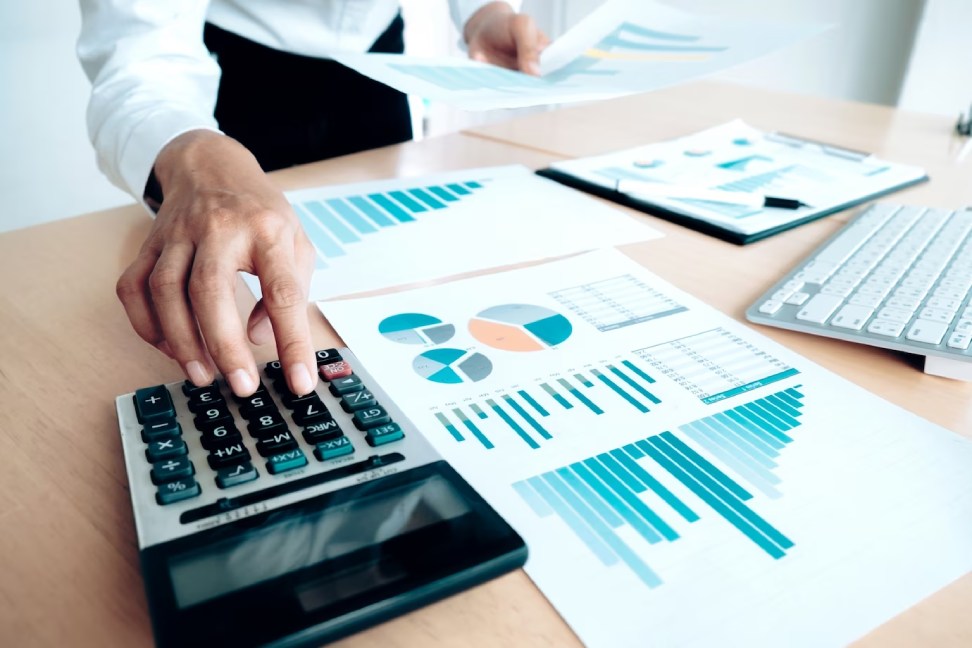A balance sheet is a fundamental financial statement. The balance sheet is like a snapshot of any company’s financial position. Usually at the end of a reporting period, such as a quarter or a year. It presents a summary of a company’s present assets, liabilities, and shareholders’ equity, reflecting the equation: Assets = Liabilities + Shareholders’ Equity.
The balance sheet is divided into two main sections that must balance or equal each other out:
- Assets: These represent everything a company owns or controls, which have economic value and can be tangible (such as cash, inventory, property, and equipment) or intangible (like patents, trademarks, goodwill). Assets are listed in order of liquidity, with the most liquid assets (such as cash or accounts receivable) appearing first.
- Liabilities and Shareholders’ Equity: This section shows how the company has financed its assets. Liabilities encompass the company’s debts or obligations, including loans, accounts payable, and accrued expenses. Shareholders’ Equity also represents the residual interest in the company’s assets. It includes issued capital, retained earnings, and other reserves.
The balance sheet provides crucial insights into a company’s financial health, solvency, and its ability to meet short-term and long-term obligations. Analysts and investors use this financial statement to assess a company’s liquidity, leverage, and overall financial stability, aiding in decision-making processes and evaluating investment opportunities.
Read Also:

